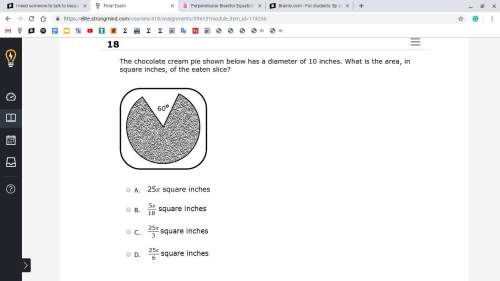
Mathematics, 17.04.2020 02:14, Lucid4465
For second order DEs, the roots of the characteristic equation may be real or complex. If the roots are real, the complementary solution is the weighted sum of real exponentials. Use C1 and C2 for the weights, where C1 is associated with the root with smaller magnitude. If the roots are complex, the complementary solution is the weighted sum of complex conjugate exponentials, which can be written as a constant times a decaying exponential times a cosine with phase. Use C1 for the constant and Phi for the phase. All numerical angles(phases) should be given in radian angles (not degrees). Given the differential equation y" + 7y' + 12y = 7cos(6t + 0)u(t). a. Find the functional form of the complementary solution, y_c(t). b. Find the particular solution, y_p(t). c. Find the total solution, y(t) for the initial condition y(0) = 1 and y'(0) = 12.

Answers: 2
Other questions on the subject: Mathematics


Mathematics, 21.06.2019 18:10, TrueMonster8911
What is the equation in slope-intercept form of the linear function represented by the table? y -18 -1 -8 4 2 912 o y=-2x-6 o y=-2x+6 o y=2x-6 o y = 2x+6
Answers: 1

Mathematics, 21.06.2019 18:30, alleahbethea199
Divide. write in the simplest form. 4 1/6 divided by 10
Answers: 2

Mathematics, 21.06.2019 20:30, Travisbennington
Three numbers x, y, and z are in the ratio 2: 7: 8. if 12 is subtracted from y, then three numbers form a geometric sequence (in the order x, y–12, z). find x, y, and z. there are 2 sets.
Answers: 1
Do you know the correct answer?
For second order DEs, the roots of the characteristic equation may be real or complex. If the roots...
Questions in other subjects:


English, 05.07.2020 06:01





Mathematics, 05.07.2020 06:01



Mathematics, 05.07.2020 06:01







